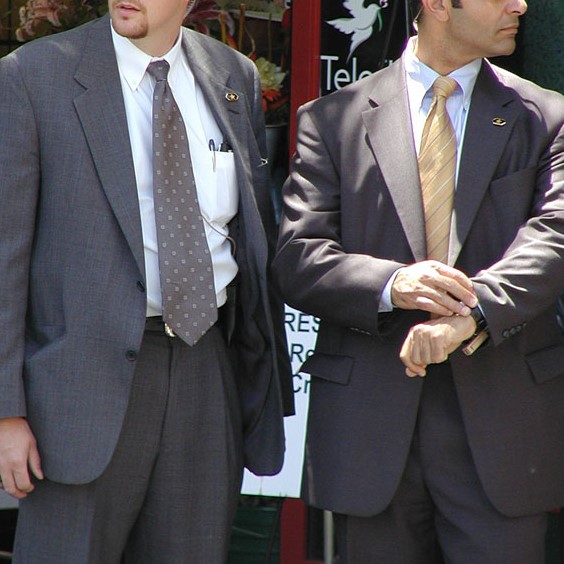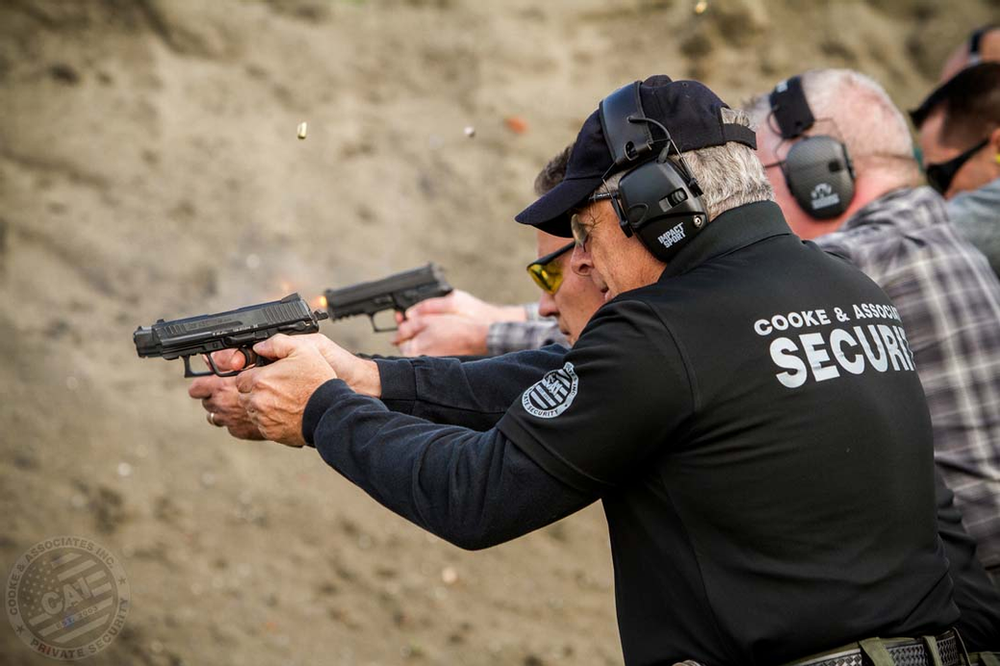This article is the second of a three part series exploring the evolution of protective services. To read the first article, click here.
After the rise of bodyguards in suits, ties, and dark sunglasses who immediately stood out in the crowd due to their overt and sometimes hulking appearance, people began to move away from executive protection and security services. Corporate professionals felt hindered by the presence of bodyguards and felt as though they couldn’t easily go about their daily routines with security presence constantly looming about. This resulted in an increased amount of risk for many companies and professionals as they began to forego security services all together. Unfortunately, when there is no imminent threat, people tend to feel a false sense of risk reduction. The unwanted overbearing security professionals and false sense of security led to the thought that executive protection and security services were too costly and inefficient.
Rise in risk
Risk is the potential for loss, damage or destruction of an asset as a result of a threat exploiting a vulnerability, and is determined by its likelihood and the associated consequences. As over the top “bodyguards” became less desirable, many began to take the risk of not having security in place. This thought process was most prevalent with HR departments, younger to middle aged executives, and corporate offices. Everything seemed fine until we had one of the biggest shifts in threat and public safety awareness in recent history.
The catalyst for change
When 9/11 hit, threat levels rose to the highest level in history and security became the forefront of conversation. Executive protection and corporate security immediately became huge because for the first time, security and public safety was on the forefront of everyone’s minds. No one felt safe, and as a result, more and more companies hired security directors and consultants to implement internal security programs. Additionally, an increased number of executives received daily executive protection and in some cases protection was now mandated by their board of directors.
A different type of security
Executive protection and security programs were more common, however the individuals who needed protection were of a different breed. As the dot com era surged, more and more younger individuals came into wealth and fame. These savvy, dot com millionaires did not want security in the traditional form. Instead of overbearing and intimidating bodyguards, these high net wealth executives wanted skilled professionals who were invisible. The ideal protection professional blended into every day environments, was close enough to handle a situation when the need arose, but not so close that they needed to be introduced or acknowledged. They were available but often unseen and did not hinder the executive’s ability to work or go about their daily routine.
Companies were sourcing executive protection professionals who could wear dot com casual, take off their sunglasses inside, and have a regular conversation as needed. They no longer wanted someone who spoke in military or police codes. They wanted someone who had as many soft skills as they did hard skills.
This change in landscape for the security industry was the beginning of what we now think of as the modern day executive protection agent or covert protection specialist.
Stay tuned for part three of this three part series, and be sure to follow us on LinkedIn, Instagram and on twitter for regular updates.


